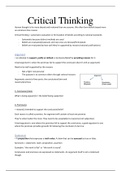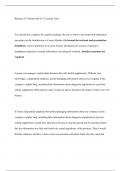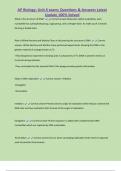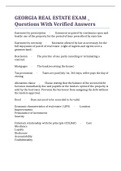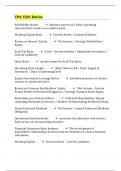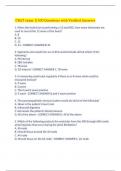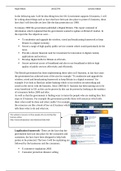Class notes
Critical thinking notes (PHI1025F part 1)
- Institution
- University Of Cape Town (UCT)
This is part 1 of PHI1025F: "The aim of this course is to help you develop your skills as a critical thinker. All of us hold certain claims as true and others as false; we think some courses of action are right and others are wrong. Often we cite reasons for our beliefs and actions. Critical thinki...
[Show more]
